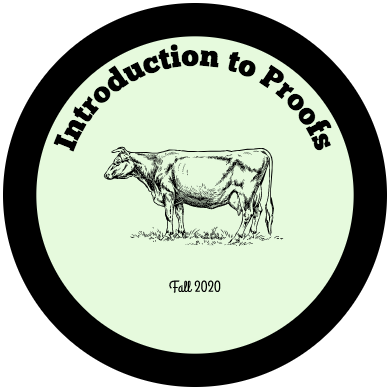As you know, distance learning has presented serious challenges (and also some benefits – e.g. you can attend class in your pajamas), one of which is the practical logistics of taking exams. I wanted to share with you some details about the structure and policies of our first exam.
A short list of concerns about online exams, and some strategies designed to address them, appear in the blue box at the bottom of the page. I encourage all of you (most especially those studying to become educators yourselves) to put on your “teaching hats” and think critically about these – your feedback, both from a student and a teaching perspective, is welcome. The goal is to provide you an opportunity to show what you know, while ensuring everyone has a fair and equal chance!
Exam #1 Policies
Exam #1 will be open book and open notes. You may use any notes you have taken for this class, any materials that appear on our OpenLab course site, and the textbook.
You may not work with anyone else during a test. This includes any communication with another person, including your classmates, friends, or others, by message, text, voice, or other means.
You may not consult Google, or any automated problem solving websites or apps during a test. This includes anything where you plug in the question and it spits out an answer and/or step-by-step solutions.
The written exam must be completed and uploaded during the exam class period.
The exam will consist of two parts:
- Part 1 will be written, and completed during class
- Part 2 will consist of a short one-on-one meeting with your professor – we will go over parts of your written exam together, and I will ask you questions or have you explain some of the problems. You will need to sign up for a timeslot for your one-on-one meeting! A sign-up link will follow.
Here are some common concerns about giving exams in a distance-learning environment:
- Students may have access to course materials (notes, textbook, etc) during the exam.
- Students may have access to technology during the exam, including Google and various step-by-step problem-solving sites & apps.
- Students may be able to communicate with one another or others during the exam.
Here are some of the strategies that might be used to address these concerns:
- Allow course materials to be used during the exam (i.e. “open book” exams).
- Be clear and explicit about what resources may and may not be used, and communicate the relevant penalties. Extend trust to your students.
- Design problems that defy easy Googling and major problem-solving apps (this is also a challenge!).
- Focus on explanation, written and verbal, as opposed to simple completion of problem steps.
- Use multiple versions of the exam.





Recent Comments